Dining at Yakumo Saryo in Meguro-ku, Tokyo
Japanese designer Shinichiro Ogata conceives the menu, tableware and even the structure for his dream restaurant
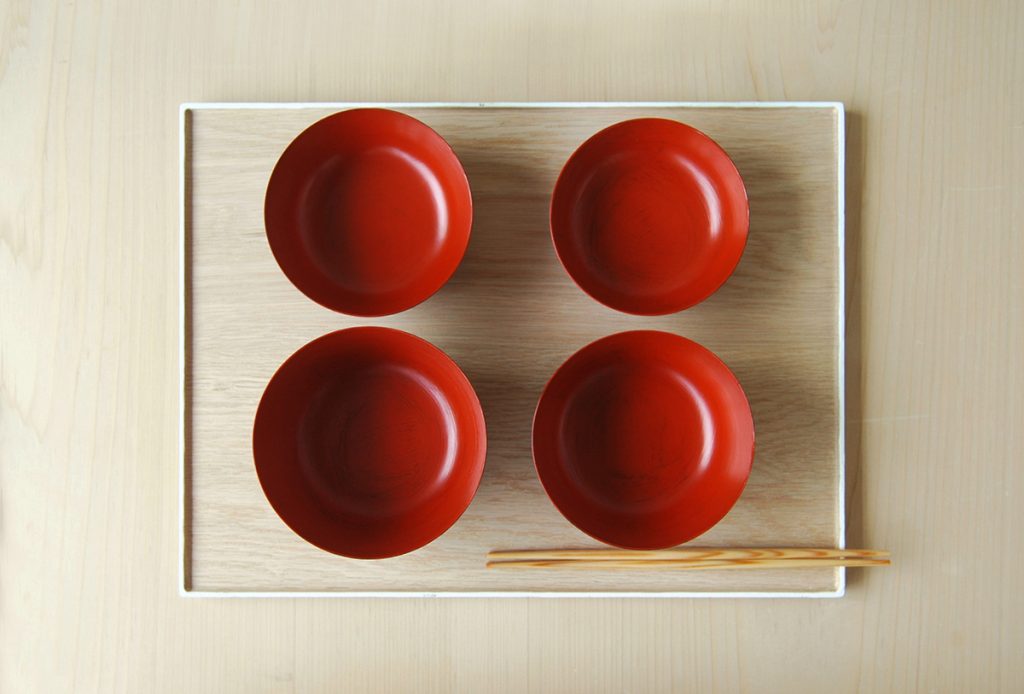
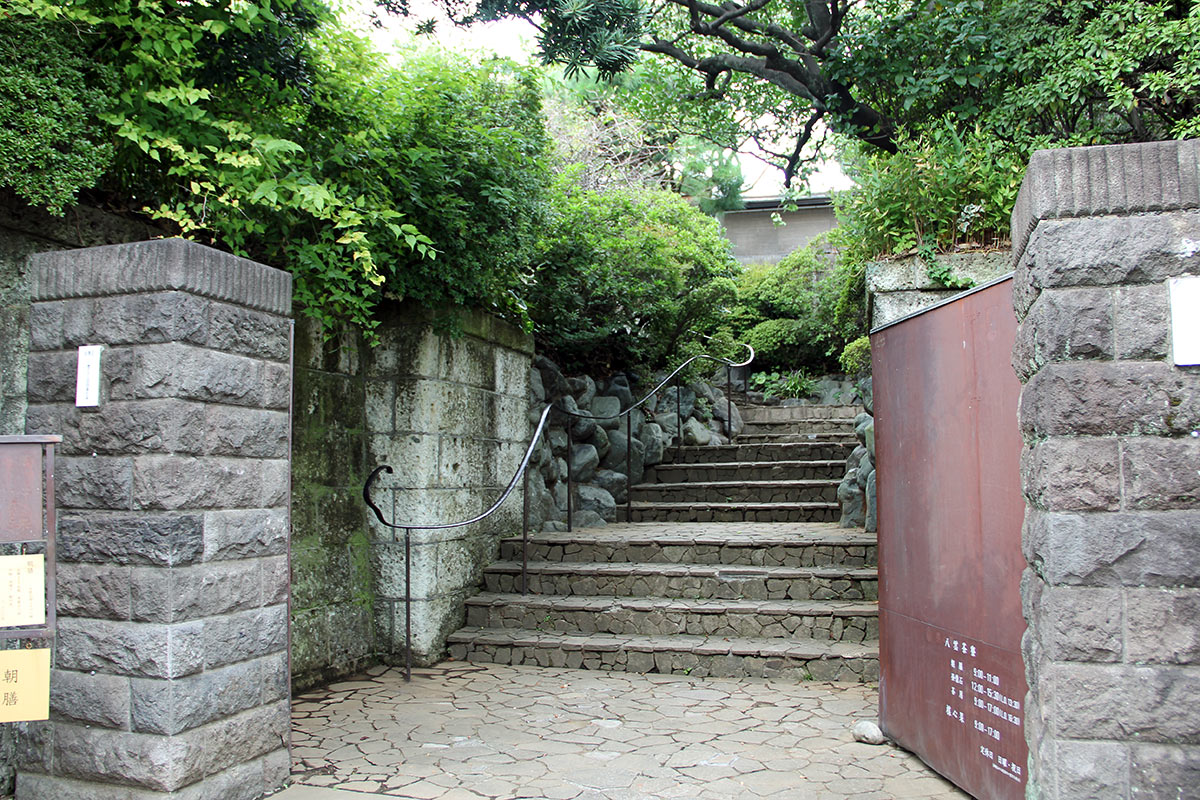
On a cloudy day, we visited Tokyo’s quiet suburban neighborhood of Yakumo (which, fittingly enough, translates to “Eight Clouds”). It was a small trek to our final destination in Meguro-ku, which is southwest of the hip Nakameguro and Shibuya areas. After about 15 minutes of walking from the Toritsu-Daigaku station and some retracing of steps, a slightly clandestine stone staircase came into sight, leading the way to a house ensconced in greenery. Formerly a residence, since 2009 the house has been home to the design-minded restaurant yakumo saryo.
Yakumo saryo is designer Shinichiro Ogata’s shrine to the purity and formality of traditional Japanese food. Founder of design studio Simplicity, Ogata has based his design philosophy on conventions—inheriting, preserving and also adapting them to our present time; his work is to further Japanese aesthetic and lifestyle. He’s known for his architecture and interior design work throughout the country, like Aesop Shinsaibashi, the experimental Intermediatheque museum and most recently, Andaz Tokyo. Eschewing the stylistic statement-making of his contemporaries, Ogata’s vision merges old and new to create a balanced harmony, a refuge of calm.

Food has always held particular importance for Ogata, as he believes it to be inseparable from his culture and, in turn, his design work. So the same year he founded Simplicity (1998), he opened his first restaurant, HIGASHI-YAMA Tokyo, to serve simple, honest Japanese food in a contemporary setting. In true Ogata form, at yakumo saryo, every part of the dining experience has been carefully considered, stemming well beyond the re-invented traditional dishes. From the ceramic tableware that holds the chargrilled Kuroge wagyu beef to the bathrooms, the cozy restaurant becomes a living showroom for Simplicity and its wares.
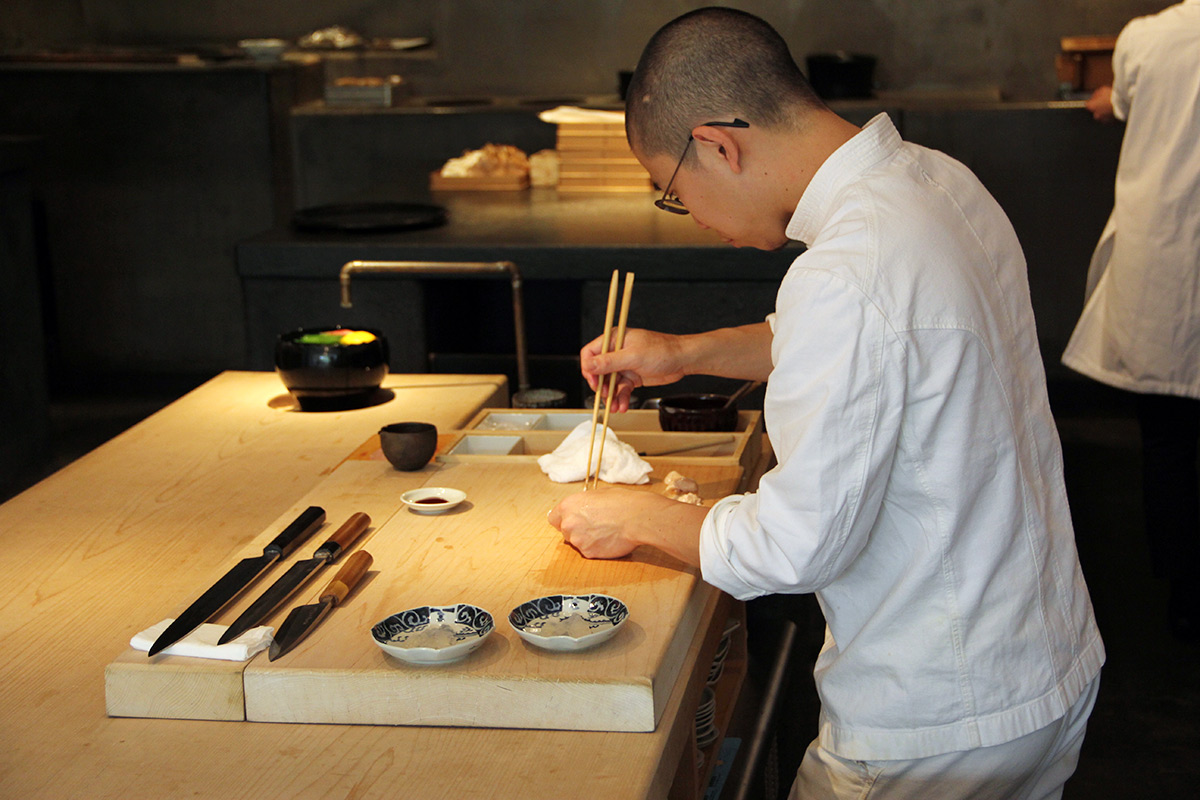
“In Japan, there is a dichotomy referred to as ‘hare and ke,’ with hare meaning special occasion and ke referring to the everyday,” Ogata tells CH. “HIGASHI-YAMA Tokyo is a place where one can enjoy contemporary Japanese cuisine any day; in this way it is ‘ke.’ But I also wanted to be able to provide guests with a ‘hare’ kind of experience for special occasions.” Accordingly, the more formal yakumo saryo was established a decade later, with 10 years worth of restaurant experience under his belt.

He had always imagined that yakumo saryo would be located in a subdued, residential area, Ogata recalls. Rather than rely on external resources to find a suitable location, he used what was available to him: his own legs to take long walks, navigating through quiet surroundings in search of the perfect spot. So there was an especially meaningful sense of satisfaction when he stumbled upon what he calls the “hidden treasure.” It’s a feeling that’s become rare in this day of Google Maps, Yelp and other immediately accessible apps.
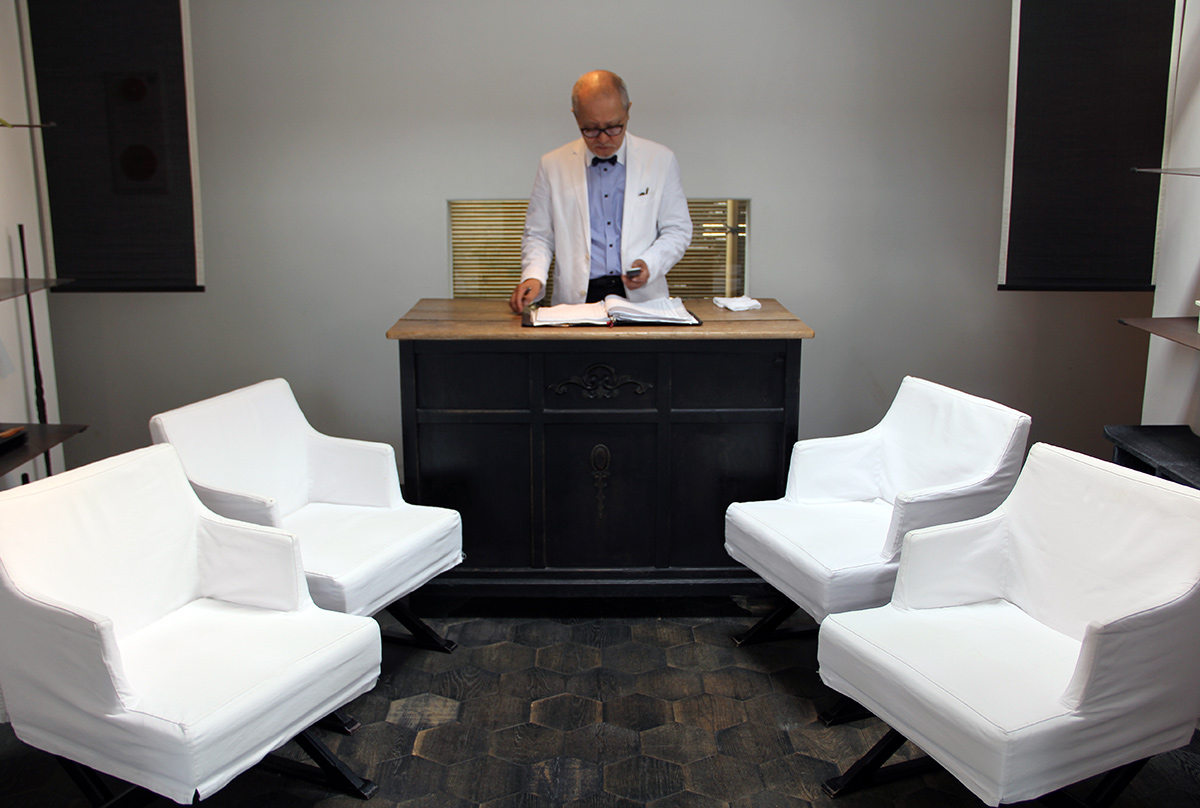
Perched on top of a small hill, yakumo saryo is an architectural delight. Skylights (and various glass-paneled walls) let natural light and views of the courtyard garden’s plum trees into the structure. The lighting fixtures are a mix of antique pieces and some of which Ogata designed. The elements have been pared down to stone, wood, concrete—and the occasional steel beam—some areas of the floor are in fact concrete, but imprinted with the texture of traditional tatami mat.
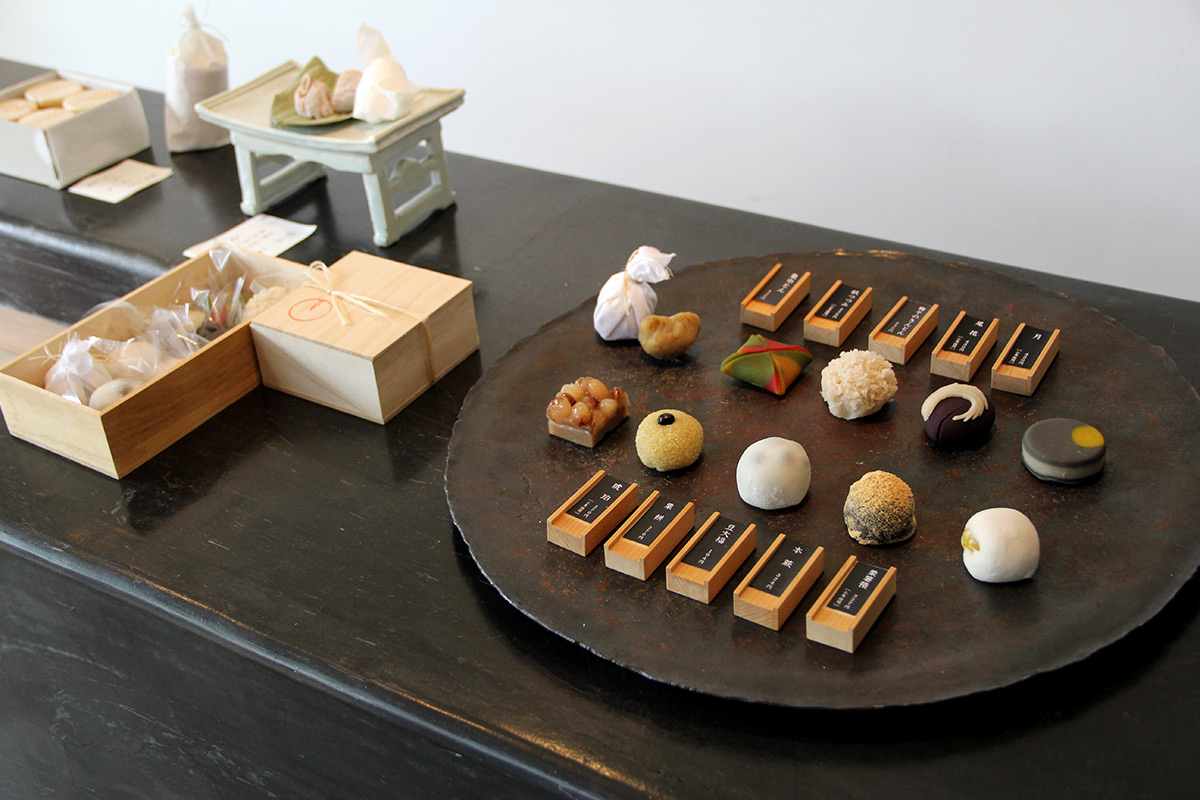
Upon walking into the house, the eye immediately lands on the selection of wagashi (traditional Japanese sweets and confectionaries like manju dumplings and namagashi), handmade in the kitchen and available for purchase. This little shop is named Baishinka. A waiting salon with four white chairs hosts rotating exhibitions, which features the work of craftsmen and calligraphers. To the right of the entrance is a tea room where tea is formally prepared and served. And to the left, through a hallway, lies yakumo saryo.
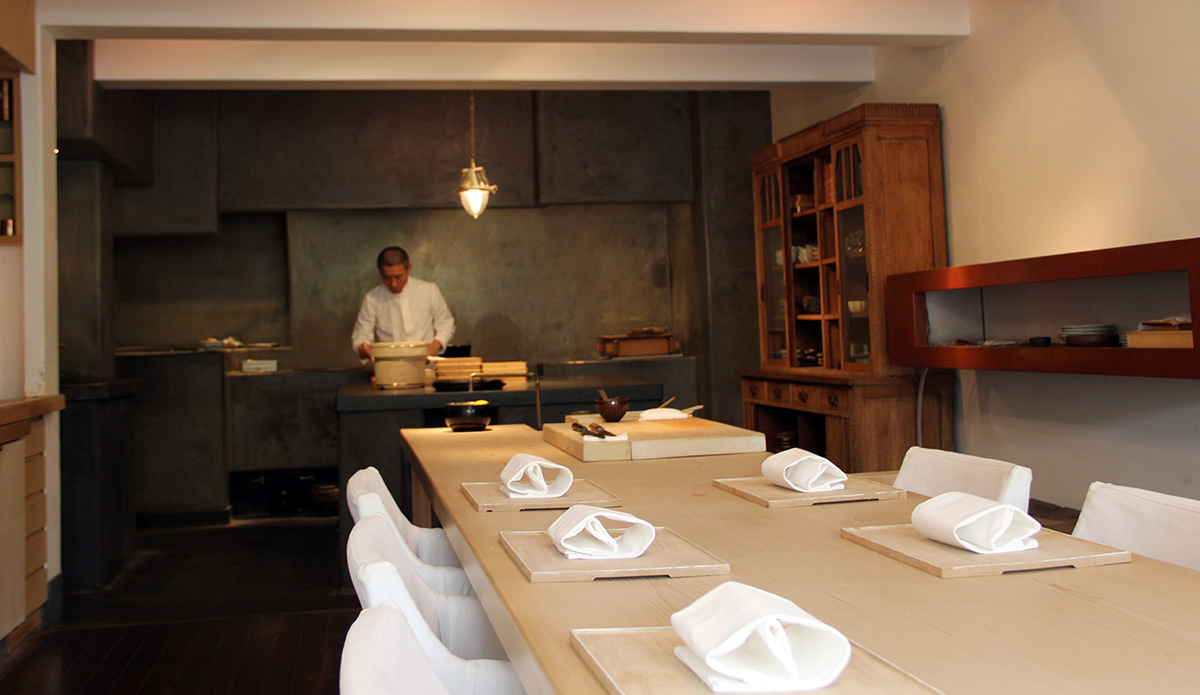
“Kaiseki cuisine is a traditional style of Japanese food based off of rules originating long ago,” Ogata tells CH. “With yakumo saryo, my goal is to demonstrate that on top of such traditional styles, there are various new ways in which Japanese cuisine can be prepared. I want to promote the enjoyment of eating modern Japanese cuisine that is still based off of traditional food culture from ancient times.”
“I always keep it at the top priority to use seasonal ingredients for each menu of the season,” he continues. “Keeping this at the main focus, I also gather inspiration from various dishes and styles of cooking from around the world, using this to add new elements to traditional Japanese cuisine.”
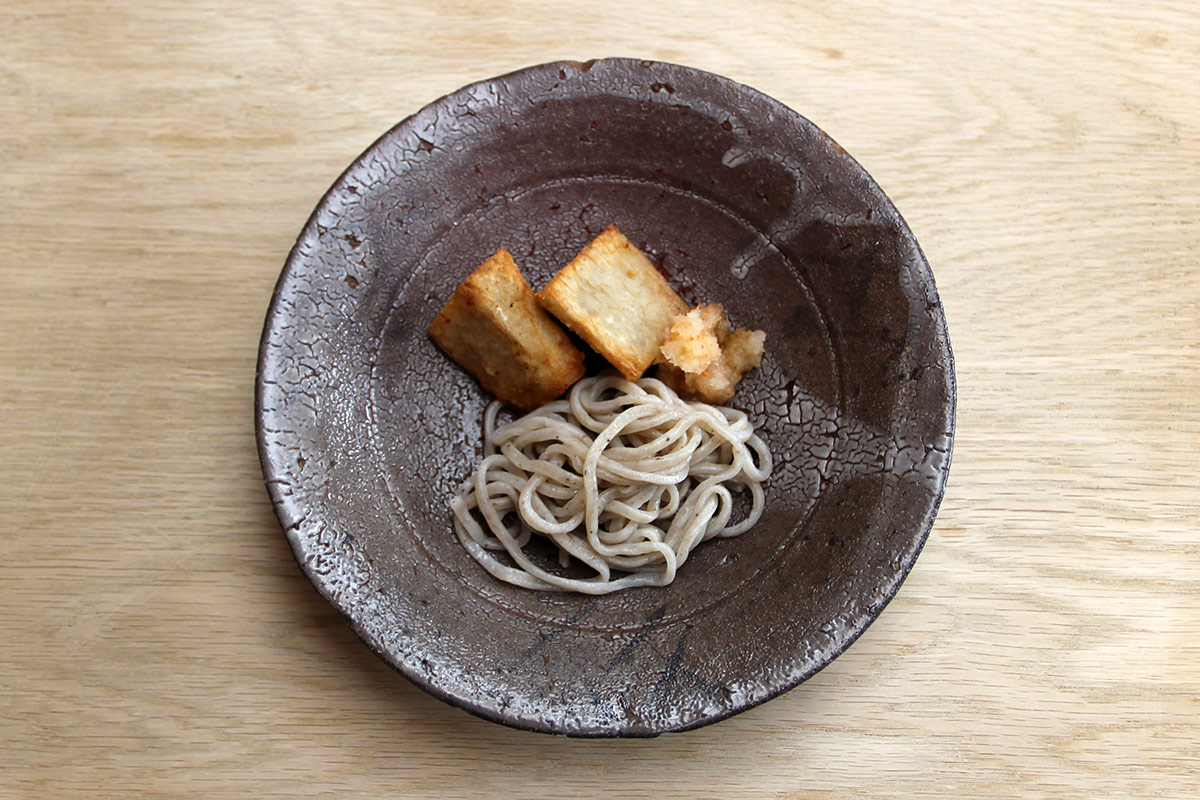
When we dined here for lunch, alongside older women in kimonos and a young couple on a date, we selected the five-course meal (there are three different-sized sets to choose from). These dishes are prepared in the open kitchen, some of which are finished and heated before your eyes. It started off with raw bonita and soba noodles, followed by a white miso soup (sweeter than its yellow or red counterparts) with eggplant. The chef’s current favorite dish, the waiter told us as he brought over the next plate, is the barracuda with radish and seasonal vegetables. Next is beef with mushrooms and radish; for the final course, sea bream soup is poured over the remaining rice.
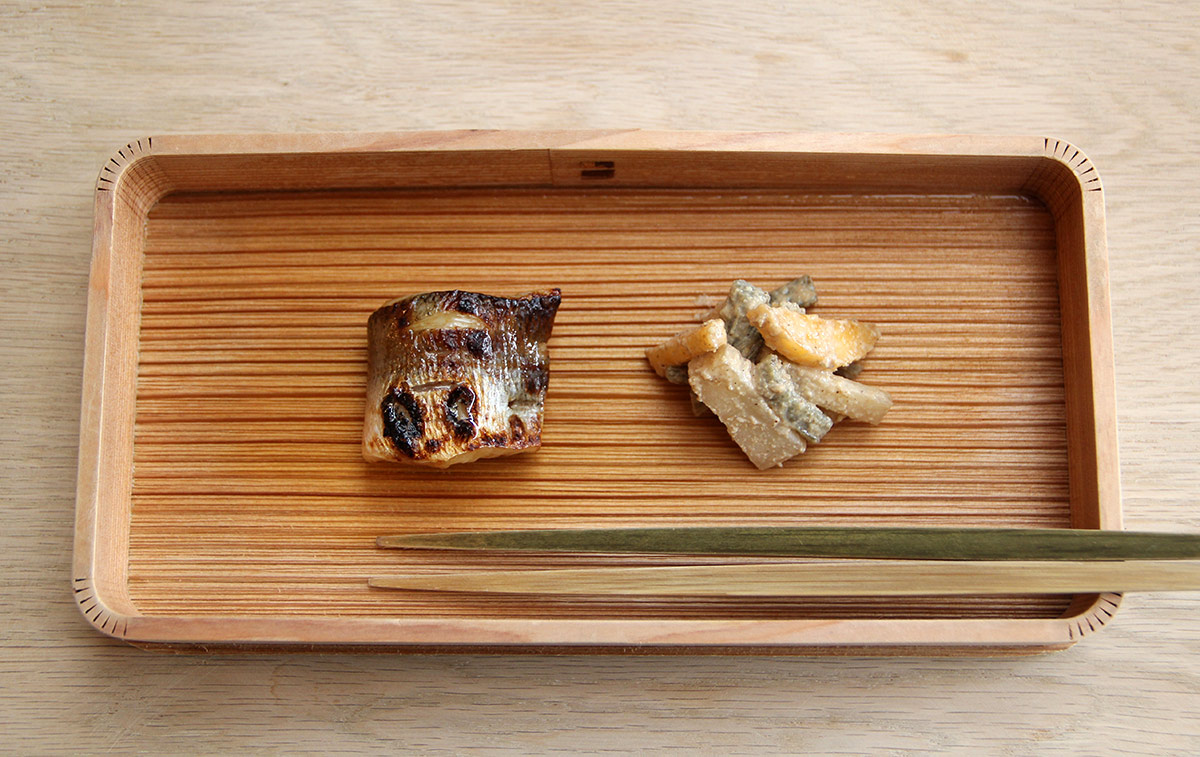
And, for those who have been eating the staple their entire life, the sticky white rice was noticeably precious. Each grain of rice is sizably large—separated just enough to still cling. Upon inquiring, we learned that it was newly harvested rice, coming from near Kyoto. It’s this sense of curiosity and rediscovery that enfolds the seemingly everyday ingredients served in handmade lacquered bowls here at yakumo saryo. Come to taste Japanese vegetables and food in their integrity, in a minimalist setting that pays respect to the attention it deserves, and leave with your mouth and mind rekindled.
While yakumo saryo is open to any during breakfast and lunch hours, dinner is by “invitation only,” similar to a private membership club. The basic system is that new diners must be introduced by somebody who has already been there, therefore already a member. Once you have dined, you may revisit any time from there on.
Yakumo saryo is located at 3-4-7 Yakumo, Meguro-ku, Tokyo 152-0023; make a reservation by calling +81 3 5731 1620. For a slightly more casual affair, visit Simplicity’s flagship restaurant HIGASHI-YAMA Tokyo, located in Nakameguro.
Garden view and red bowl images courtesy of yakumo saryo, all other images by Nara Shin












